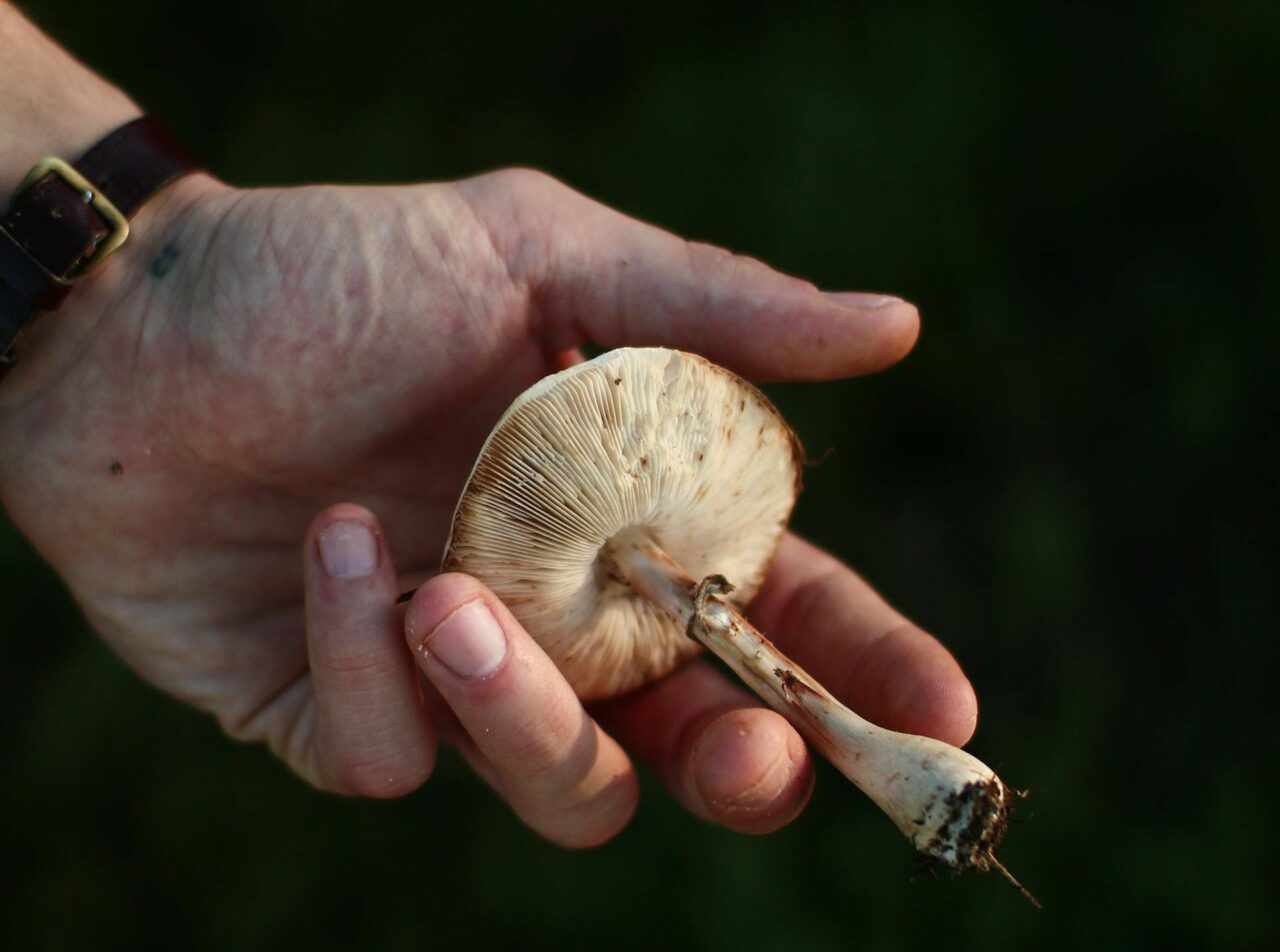Traditionally used as a psychedelic, Psilocybin mushrooms work similarly to LSD by acting as a serotonin 5-HT2A receptor agonist. Today, these mushrooms are under study for their potential in psilocybin-assisted therapy to treat mental health issues such as major depression, anxiety, emotional distress, cluster headaches, and migraines.
Understanding how shrooms assist with these conditions requires a thorough exploration of how these substances are metabolized within the body. This knowledge enables both researchers and users to comprehend how the active compound produces its psychological and therapeutic effects. This article offers a basic guide to the pharmacology and pharmacokinetics of psilocybin.
[toc]
Key Takeaways:
- When consumed orally, half of the psychedelic fungi is absorbed and distributed throughout the body.
- The compound in the fungi undergoes dephosphorylation via the enzyme alkaline phosphatase, mostly in the liver.
- Within 24 hours, approximately 3.4% of the compound is excreted in its original form, with most of it being eliminated as a stable metabolite.
What is Pharmacokinetics?
Pharmacokinetics (PK) studies how substances, such as drugs, are processed by the body once ingested. It is closely related to, but distinct from, pharmacodynamics, which focuses on how a compound interacts with the body. PK explores four main areas: absorption, distribution, metabolism, and excretion (ADME).
Knowledge of these processes enables healthcare professionals to prescribe the most effective medications with the least risk, and tailor treatments to each patient’s specific physiology and lifestyle.
How does Pharmacokinetics Relate to Psilocybin?
Psilocybin and psilocin, the primary active compounds in some types of magic mushrooms, have drawn significant attention from researchers and users. Pharmacokinetics studies how the body processes mushrooms containing psilocybin, helping us understand their potential effects, whether they are medicinal or recreational.
These compounds, often referred to as “magic,” “psychedelic,” “medicinal,” or “sacred,” are found in certain fungi that are typically ingested. The varieties of mushrooms, their origins, dimensions, the environment in which they thrive and are dried, along with their age can induce significant variations in their concentrations.
While these mushrooms are naturally found in the wild, scientists have devised techniques to produce them in a laboratory. Both natural and lab-produced versions exhibit low toxicity, although minor side effects such as nausea or vomiting may emerge.
Despite these physical effects, the compounds present in the mushrooms have demonstrated potential therapeutic advantages due to their safe profile and non-addictive characteristics. These benefits have motivated researchers to explore their application in psychotherapy, particularly as a remedy for anxiety and depression.
The 4 Phases of Pharmacokinetics
Psilocybin, the compound found in these mushrooms, is inactive in its unprocessed state and functions as a prodrug, converting into its active state, psilocin. Enzymes like alkaline phosphatase facilitate this transformation, enabling psilocin to be absorbed and disseminated throughout the body, reaching various tissues. However, post oral administration, psilocybin cannot be traced in the circulatory system, feces, or urine.
Absorption
Absorption is the process by which the compound enters the bloodstream from the site of administration. It impacts the speed and efficiency at which the compound arrives at its target, such as the plasma. The oral route is most commonly used for administration. Inhalation has been experimented with, but it is not as efficient as oral intake.
The absorption process also encompasses the release of the compound from the dosage form during oral ingestion. Factors such as a delay in the throat or esophagus can affect this, potentially decelerating results or triggering irritation. Once the compound reaches the stomach, the acidic conditions may start to decompose it before it enters the bloodstream.
Studies conducted on animals suggest that roughly 50% of orally administered psychedelics are absorbed and diffused throughout the body.
Factors Impacting the Absorption Process
Several factors can influence the absorption process, resulting in variations in the onset, intensity, and duration:
- Stomach Contents: Consuming the mushroom on a full stomach can delay the process as it slows down the onset of effects. An empty stomach allows for quicker absorption.





